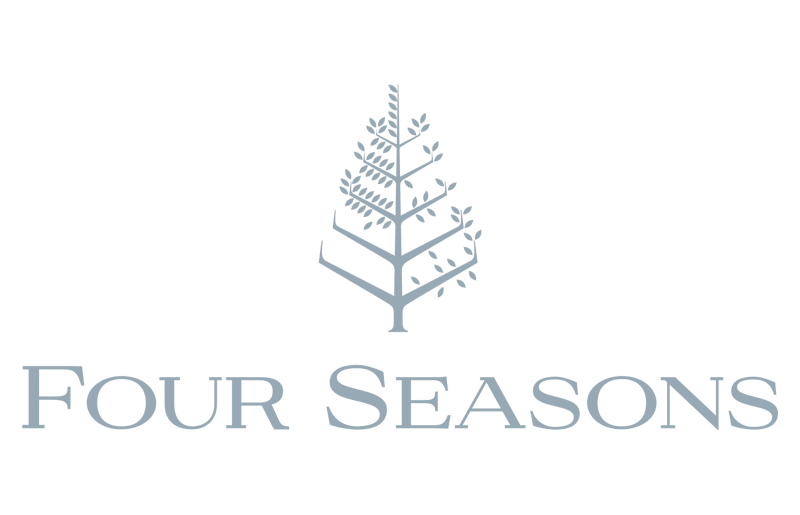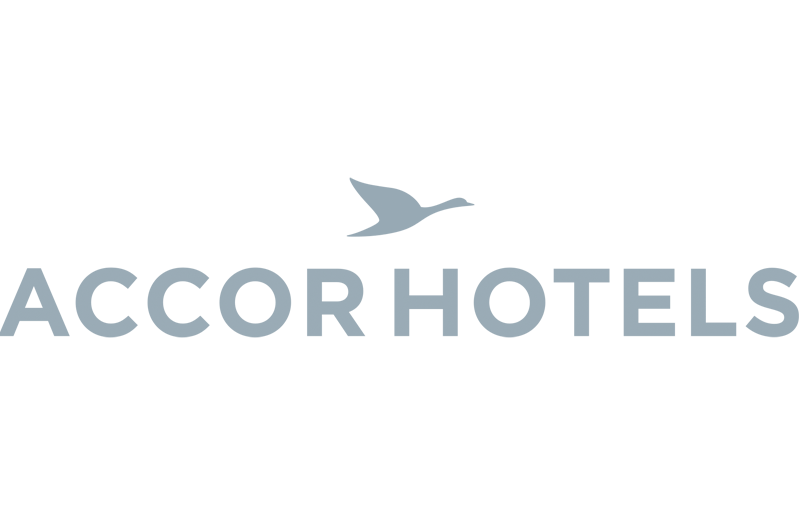With vibrant Cape Town, its shining star, and a Kruger safari high on everyone’s list, South Africa often attracts action and adventure seekers. But beyond Table Mountain and the Big Five, there are plenty of ways to unwind.
Along the little-visited west coast are laid-back towns where time can be spent windsurfing, birdwatching, and dining on fresh seafood, while further inland, you can paint the rust-red landscape of the Cederberg Mountains from a countryside retreat. The chink of wine glasses rings in your ears as you explore the vineyards of the Cape Winelands, and if all else fails, an indulgent spa treatment is never far away.
Retreat to the countryside at Bushmans Kloof
Hidden in the foothills of the Cederberg Mountains, Bushmans Kloof is an ecolodge and wilderness retreat. Here, Cape mountain zebra, ostriches, and various antelope species freely roam against the burnt-orange rock of the mountains.
Guided walks and game drives around the reserve on which the ecolodge sits give you a chance to get close to the wildlife and learn about the fynbos vegetation, nearly all of which is endemic to South Africa. You can also follow the hiking and cycling trails that weave through the hills. Some of these lead to the ancient rock-art sites the area is known for. Stained into the rock by ancestral San (Bushmen) tribes up to 10,000 years ago, the paintings depict hunting scenes and cultural rituals.
After exploring the reserve, head to the lodge’s spa, which includes a steam room, heated outdoor pool, and the option to enjoy treatments in an open gazebo overlooking the countryside. You can also pass the time with a game of croquet, try your hand at archery or go canoeing along the Olifants River.
Should the landscape awaken your inner artist, each guest room has a painting set. At night, gaze up at the uninterrupted sky from your private terrace while sipping a rooibos tea.
Relax in the west-coast town of Langebaan
Spending time on the west coast (known locally as Weskus) is a good way to recuperate after a busy stay in Cape Town. Driving north, Table Mountain fades into the distance, and traffic thins out, leaving you with open countryside stretching out to the ocean.
After an hour, you arrive at the small coastal town of Langebaan. Here, white-sand beaches slope into the clear waters of Langebaan Lagoon. A haven for birdwatchers, the lagoon is part of the West Coast National Park and attracts over 300 bird species, including chestnut-banded plovers, greater and lesser flamingoes, and curlew sandpipers. You may also see seals bobbing above the waves.
The town’s a popular spot for water sports, particularly kite, and windsurfing. You can sit and watch kite surfers zipping across the waves from one of the low-key bars and restaurants that line the oceanfront or have a go yourself under the tuition of an experienced surfer.
The Windtown Lagoon Hotel in Langebaan has its own spa, water sports facilities, and a relaxed feel. There’s a sunny courtyard where you can cool down with a beer from the town’s microbrewery or take a dip in the pool, and the restaurant serves healthy dishes in a laid-back setting.
Go wine tasting in the Cape Winelands
The satisfying sound of wine being poured into a glass follows you around South Africa. One of the best places to sample the country’s finest tipples is the Cape Winelands, where many of them are produced.
Just an hour or so west of Cape Town, the region is a sea of vineyards stretched across green hills and valleys. Dotted among them are wineries ranging from sprawling farms to boutique enterprises, many of which offer guided tours and tastings.
Franschhoek is a good base in the area. Cradled by a mountainous valley, the pretty, compact town has fine examples of Cape Dutch architecture and is surrounded by vineyards. From here, you can take the ‘hop-on, hop-off’ wine tram to visit a selection of local wineries. The open-sided tram follows four different circular routes, and an onboard narration tells you about Franschhoek’s history and the region’s wine production.
Many of the wineries along the route have excellent restaurants, while others can arrange picnic baskets for you to take out into the grounds. You may also have the option of food pairings to complement your wine, from chocolate and cheese to pizza.
Dine locally in Paternoster
While Cape Town and Franschhoek have many highly regarded restaurants, those in Paternoster, an old fishing village on the west coast, are well worth exploring, too. Here, friendly, locally-owned restaurants line the shore, serving seafood that couldn’t get any fresher.
Gaaitjie (pronounced ‘high-key’) is an intimate restaurant housed in a 180-year-old whitewashed building. Set on rocks on the edge of a sandy beach, it looks from the outside as though it has been abandoned to the tide. Inside, however, you’re treated to beautifully presented plates of haute cuisine, from calamari, fish cakes, and freshly baked olive bread to the day’s catch of fish, mussels, and prawns. As you dine, you have uninterrupted views over the ocean, where fishing boats come and go and languid waves lap the shore.
Another good option is the Noisy Oyster. While this quirky restaurant is further inland, dining in its leafy, sun-dappled courtyard makes up for the lack of ocean views. The atmosphere is very laid-back, with picnic tables for seating, large light shades hanging overhead, and bright pink and orange umbrellas to keep you cool. The menu’s main feature is fresh seafood, with the seafood laksa a particular highlight.
Indulge yourself at a luxurious spa
Out on the KwaZulu-Natal coast, in the town of Umhlanga just north of Durban, the Oyster Box is a grand colonial hotel overlooking the Umhlanga Lighthouse and the Indian Ocean. Unusually for South Africa, its award-winning spa is set in tropical gardens, where the only sounds are birdsong and the occasional chattering monkey.
A wide range of treatments is offered here, from the Oriental Hammam Ceremony, which exfoliates the skin using traditional Turkish techniques, to a signature experience, which combines several African massage techniques to ease aching muscles and improve circulation. Hot stone massages, reflexology treatments, facials, and body wraps also feature on the extensive menu.
After your treatment, you can cool off in the spa’s plunge pool or rain shower before retiring to the Tranquility Lounge for herbal tea. There’s also a spa cafe where you can help yourself to healthy snacks and fresh fruit juices or order something more substantial from the Spa Health Menu.
Copyright Luxury Travel Diary 2014 - 2024. Duplication outside of luxurytraveldiary.com is forbidden.
Note: Benefits & upgrades subject to availability. Benefits offered correct at the time of writing. Terms & conditions apply. Enquire for more information. Posts may be sponsored by the proprietor or brand being appraised. All opinions remain our own & are in no way influenced.















